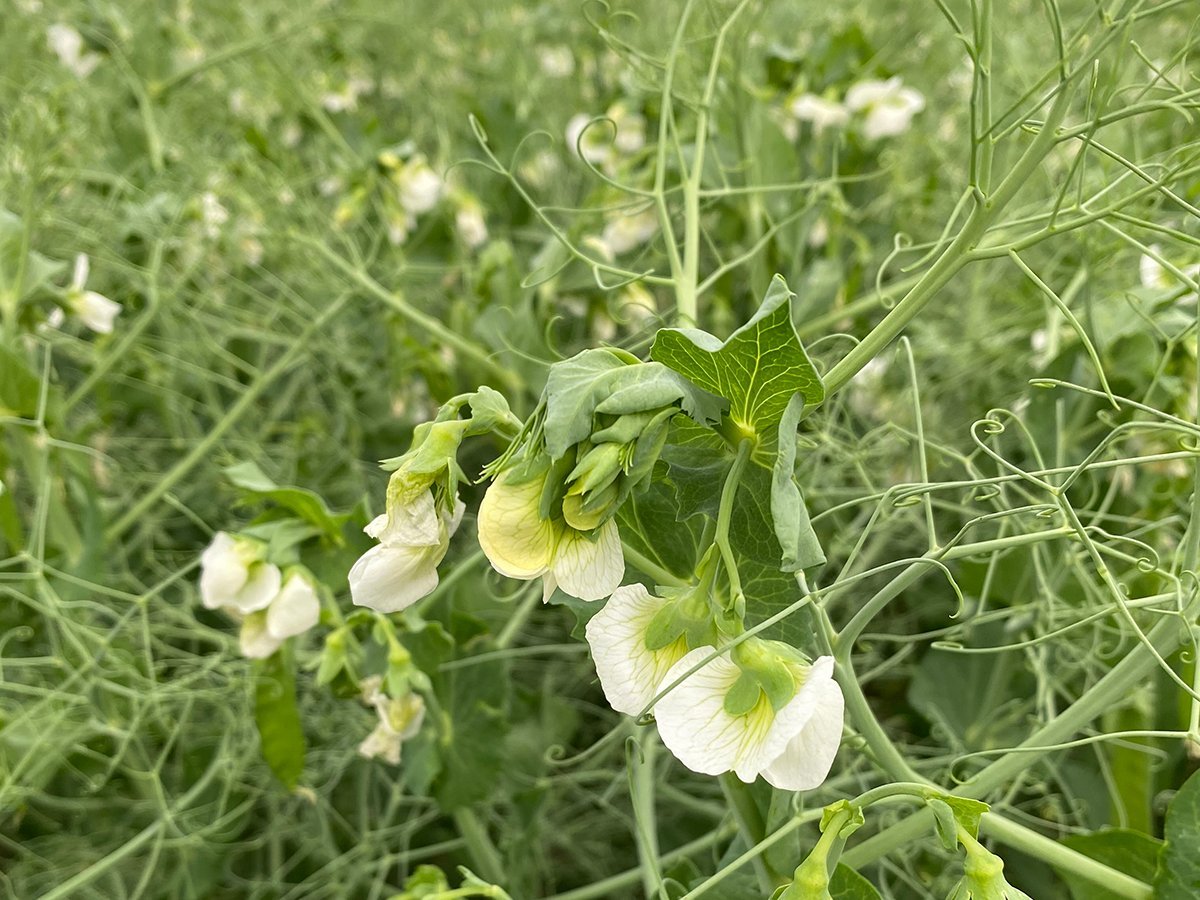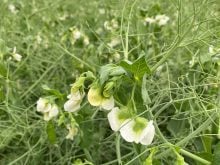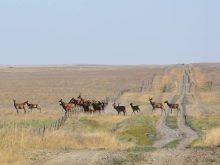WINNIPEG — Watching India’s politics and the current weather situation will likely tell the tale for future pulse markets, said Allan Johnston of Johnston Grains in Welwyn, Sask., and Jonathon Driedger of FarmLink Marketing Solutions in Winnipeg.
India’s national election is expected to be called in the next three to five months.
“There’s so many hundreds of thousands of farmers in India and they have political clout,” said Johnston.
As the rural vote makes up almost half of India’s electorate, in the fall of 2017 Prime Minister Narendra Modi and his Bharatiya Janta Party (BJP) government hiked import duties on pulses as a means to boost domestic prices. That backfired when two good crops, combined with poorer than expected exports, drove down commodity prices in India, according to the Economic Times.
Read Also

Crop quality looks good this year across Prairies
Crop quality looks real good this year, with the exception of durum.
Then the Congress Party won a number of recent state elections in India with the promise to forgo interest on farm loans. Nationally, Congress is headed by Rahul Gandhi and he has continued to make that promise to the country’s farmers.
Gandhi is the fifth member of the decades old Nehru-Gandhi political dynasty to lead Congress. The Economic Times reported there is not a clear front-runner currently for the national elections, although it’s widely believed Modi and the BJP are still in the lead.
Meanwhile, continuing dry weather has hampered Indian crops.
“They still have the most critical window of their growing season,” Driedger said, “That will be one of the things watched really closely here going forward.”
Johnston noted if India’s weather problems persist, the country could be back on the world market wanting to buy pulses.
While India has topped the world in pulse production, the country also has been largest consumer of pulses.
Driedger and Johnston also noted North American pulse prices have firmed up since harvest.
“Generally speaking, I think prices have been holding up relatively firm for most pulses. We had a nice little move higher than some of the post-harvest lows when prices were really depressed,” Driedger said.
“We’re finding that the market, which was completely dead all summer and early fall, there’s some things happening,” Johnston added.
They said there’s an ample global supply of pulses currently, which could serve as a ceiling as to how high prices might rise in the coming months.















